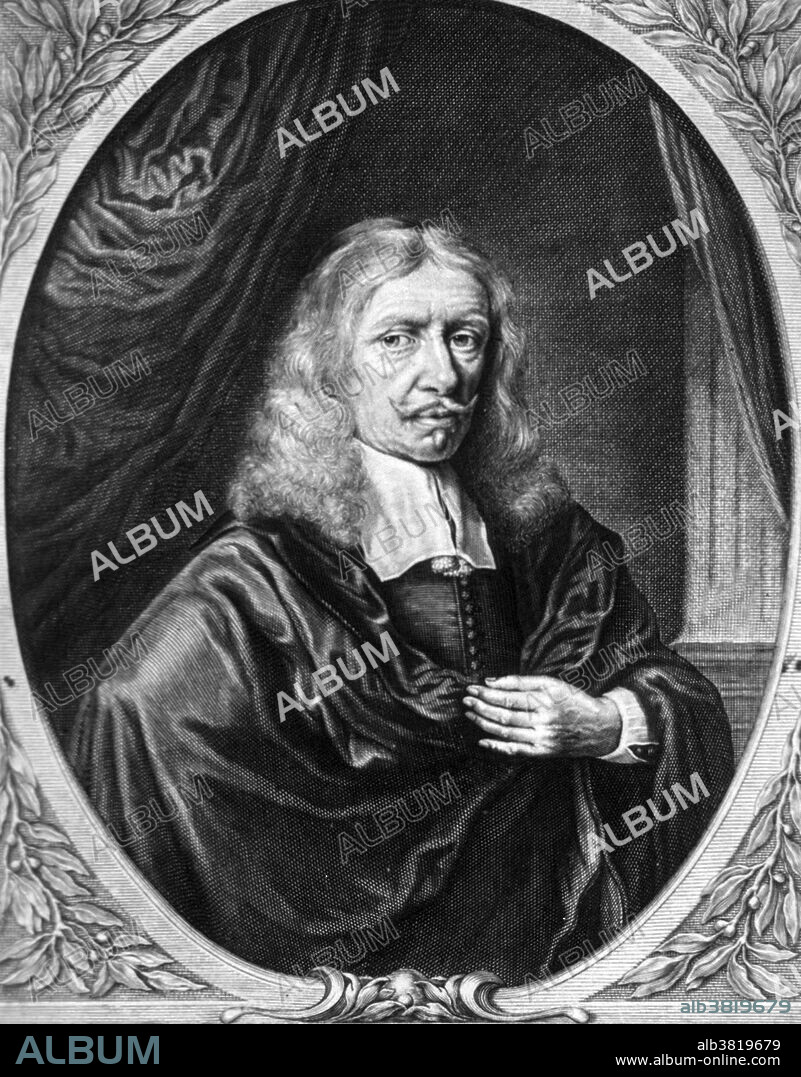alb3819679
Johannes Hevelius, Polish Astronomer

|
Zu einem anderen Lightbox hinzufügen |
|
Zu einem anderen Lightbox hinzufügen |



Haben Sie bereits ein Konto? Anmelden
Sie haben kein Konto? Registrieren
Dieses Bild kaufen.
Nutzung auswählen:

Titel:
Johannes Hevelius, Polish Astronomer
Untertitel:
Siehe automatische Übersetzung
Johannes Hevelius (January 28, 1611 - January 28, 1687) was a Polish astronomer. He is remembered as the founder of founder of lunar topography, who also described ten new constellations (seven of which are still recognized by astronomers). He was also a councilor, mayor of Danzig and was taught the art of brewing from his father, a wealthy merchant of Bohemian origin. In 1641 he built an observatory on the roofs of his three connected houses. The observatory was known by the name Sternenburg (Star Castle). He made observations of sunspots, 1642-1645, devoted four years to charting the lunar surface and discovered the Moon's libration in longitude. He discovered four comets, in 1652, 1661,1672 and 1677. These discoveries led to his thesis that such bodies revolve around the Sun in parabolic paths. His observatory, instruments and books were destroyed by fire in 1679. He promptly repaired the damage enough to enable him to observe the great comet of December 1680. His health had suffered from the shock of the 1679 fire, and he died on his 76th birthday.
Bildnachweis:
Album / NLM/Science Source
Freigaben (Releases):
Model: Nein - Eigentum: Nein
Rechtefragen?
Rechtefragen?
Bildgröße:
2906 x 3716 px | 30.9 MB
Druckgröße:
24.6 x 31.5 cm | 9.7 x 12.4 in (300 dpi)
Schlüsselwörter:
 Pinterest
Pinterest Twitter
Twitter Facebook
Facebook Link kopieren
Link kopieren Email
Email
